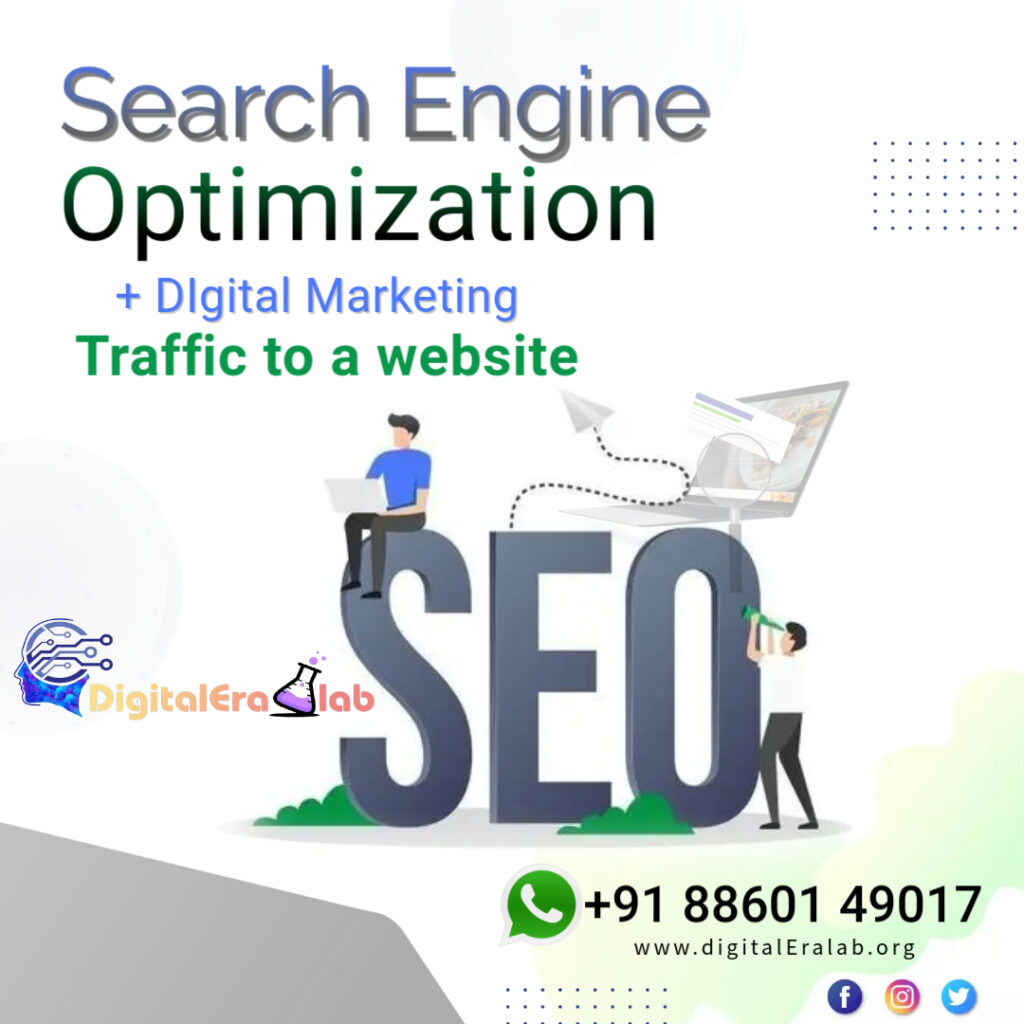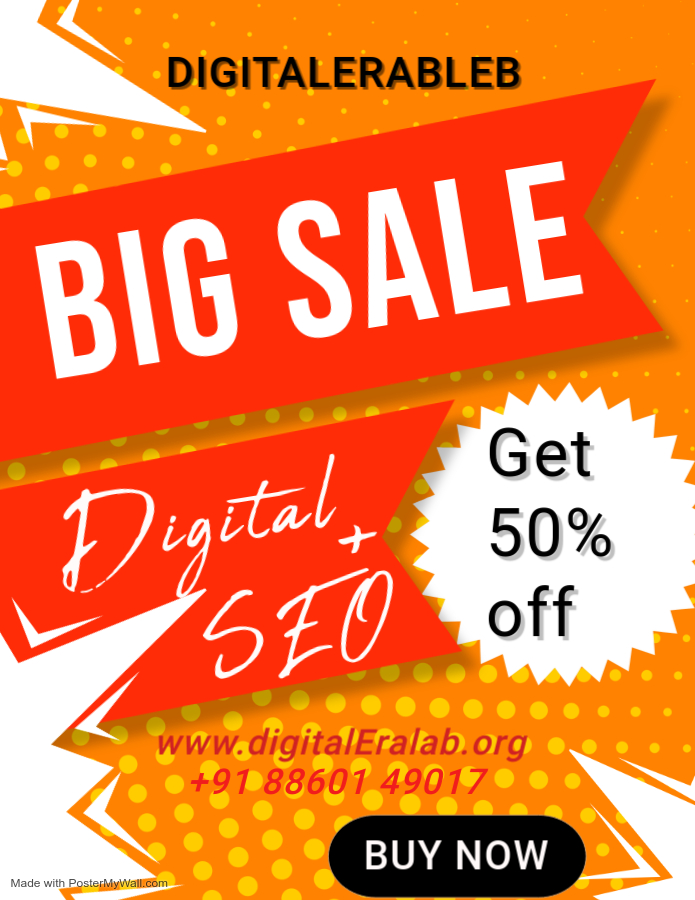Omnichannel Marketing Strategy
Omnichannel Marketing Strategy: How to Connect Every Touchpoint in 2025
In 2025, customers are everywhere — on Instagram, in their emails, watching YouTube, scrolling websites, and even chatting with AI assistants. So how do you reach them, no matter where they are?
The answer: Omnichannel marketing.
Omnichannel marketing means creating a smooth, connected experience across all platforms — so your customer feels like they’re talking to one brand, not multiple channels.
In this blog, you’ll learn:
- What is omnichannel marketing?
- Why it matters in 2025
- Key benefits
- Examples from real brands
- Steps to build your own strategy
- Tools that help connect every touchpoint
Let’s get started!
✅ What is Omnichannel Marketing?
Omnichannel marketing is a strategy where all your marketing channels work together to deliver a consistent and personalized customer experience — online and offline.
For example:
- A user sees your product ad on Instagram,
- Visits your website,
- Leaves without buying,
- Then receives a follow-up email,
- And later sees a YouTube ad with a discount.
All these touchpoints are connected and personalized. That’s omnichannel in action.
🌐 Omnichannel vs Multichannel: What’s the Difference?
| Multichannel | Omnichannel |
|---|---|
| Uses multiple platforms separately | Connects all platforms together |
| Each channel works alone | All channels talk to each other |
| No data sharing between platforms | Shared customer data across channels |
| Inconsistent messaging | Unified brand experience |
In short, multichannel is talking at customers.
Omnichannel is having a conversation with them.

📈 Why Omnichannel Marketing Matters in 2025
- Customers Expect Personalization
In 2025, generic ads and random emails don’t work. People want brands to know their preferences and history. - More Devices = More Touchpoints
Your audience switches between phones, tablets, laptops, smart TVs — sometimes in one day! You need to be everywhere, consistently. - Higher Engagement & Conversions
Brands using omnichannel strategies see:
- 90% higher customer retention
- 3x more engagement
- Better ROI on ads
- Better Customer Experience
A smooth journey builds trust — and trust turns into sales.
✨ Real-World Examples of Omnichannel in Action
🔸 Nike
- You see Nike shoes on Instagram.
- You visit the website and add to cart.
- You get a reminder via email.
- Later, you walk into the store and the assistant already knows your cart.
Every step is synced.
🔸 Starbucks
- The mobile app lets you order ahead, collect points, get offers, and pay in-store.
- Offers are personalized based on your past orders.
- You can redeem rewards online or in-store.
That’s a perfect omnichannel loop.
🧩 Key Touchpoints You Should Connect in 2025
Here are the main customer touchpoints every business should focus on:
- Website & Landing Pages
- Social Media (Instagram, Facebook, LinkedIn, etc.)
- Email Marketing
- Mobile Apps
- SMS & WhatsApp
- In-store Experience (if you have one)
- Paid Ads (Google, Facebook, YouTube)
- Customer Support (Live Chat, AI bots, etc.)
Your goal? Make sure each of these talks to the other — using data and personalization.
🛠️ Tools to Help You Build Omnichannel Marketing in 2025
| Tool | What It Does |
|---|---|
| HubSpot | CRM + Email + Social Media + Automation |
| Klaviyo | Email, SMS, and customer data integration |
| Zoho CRM | Connects sales, email, ads, and support channels |
| Zapier | Automates data transfer between apps |
| Salesforce | Full enterprise omnichannel platform |
| Shopify | Syncs online store with social media and email |
Bonus: Use Google Analytics 4 to track user paths across devices and platforms.
🧠 How to Build Your Omnichannel Marketing Strategy (Step-by-Step)
Step 1: Understand Your Customer Journey
Map how people discover, interact, and buy from you.
- Where do they come from?
- What stops them from buying?
- Which channels work best?
Use tools like GA4, Hotjar, and Facebook Insights.
Step 2: Centralize Customer Data
Use a CRM (Customer Relationship Management) system to store all customer info — emails, behavior, purchases, etc.
This helps you personalize messages.
Step 3: Sync Your Platforms
Connect your:
- Website + Email
- Ads + CRM
- Social Media + Sales
- Online + Offline (if you have physical stores)
This ensures a smooth flow of communication.
Step 4: Personalize Your Messaging
Don’t send the same message to everyone.
Use:
- Dynamic email content
- Product recommendations
- Retargeting ads
- Behavior-based offers
Example: Someone viewed a product → show them a reminder ad with a 10% discount.
Step 5: Automate Follow-Ups
Use tools like Mailchimp or Klaviyo to:
- Send cart abandonment emails
- Remind inactive users
- Recommend products
- Say thank you after a purchase
Automation saves time and increases conversions.
Step 6: Measure and Optimize
Track key metrics:
- Conversion rates
- Customer lifetime value (CLV)
- Return on ad spend (ROAS)
- Channel attribution
Use this data to improve the journey.
🎯 SEO Tips for Your Omnichannel Content
If you’re writing blogs or web pages about your omnichannel strategy, here’s how to optimize:
🔍 Target Keywords:
- Omnichannel marketing 2025
- Connect customer touchpoints
- Omnichannel vs multichannel
- CRM for omnichannel
- Customer journey tools
✅ On-Page SEO:
- Add internal links to your other blogs/tools
- Use headers (H1, H2, H3) properly
- Add FAQs with schema markup
- Optimize images with alt text
- Keep sentences simple and readable

📊 Benefits of Omnichannel Marketing
| Benefit | Description |
|---|---|
| Higher Conversions | Customers feel understood, leading to more sales |
| Better Customer Loyalty | Consistent experience builds trust |
| Improved ROI | Smarter spending on ads and marketing |
| Stronger Brand Image | Your brand becomes recognizable everywhere |
| Time & Cost Efficiency | Automation + personalization = less effort, better results |
🙋 FAQs About Omnichannel Marketing
Q: Is omnichannel only for big companies?
A: No. Even small businesses can start small — connect your website, email, and social media first.
Q: What’s the first step in omnichannel marketing?
A: Map your customer journey and collect data in one place (like a CRM).
Q: Do I need expensive tools?
A: Not always. Many tools like Mailchimp, Zapier, and HubSpot have free or low-cost plans.
